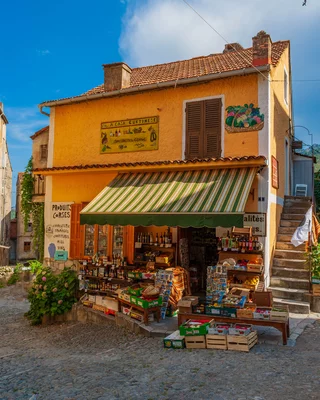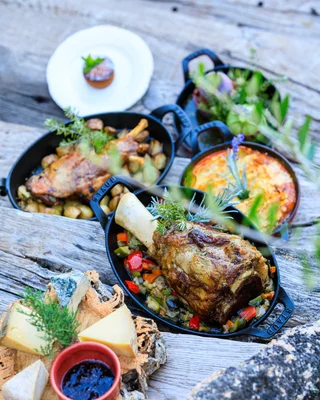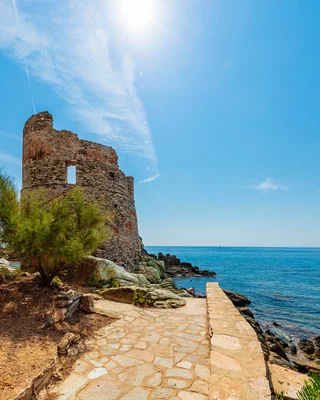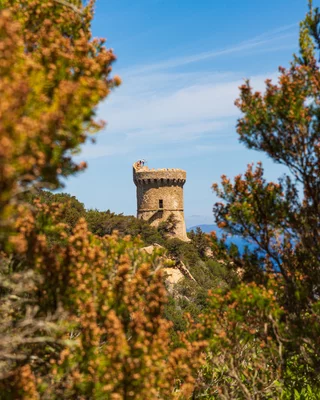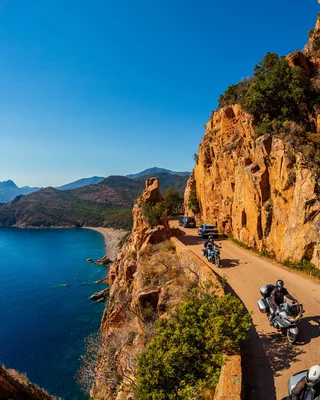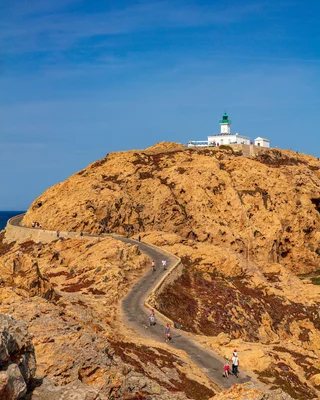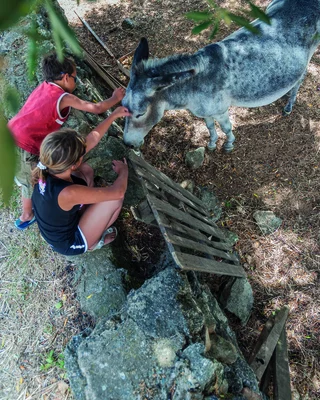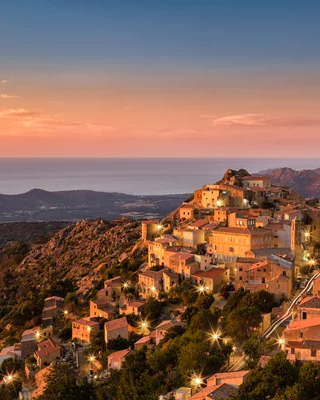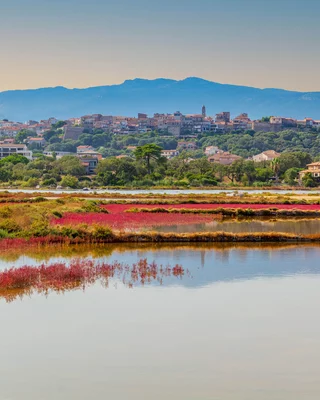Corsican cookies and sweets
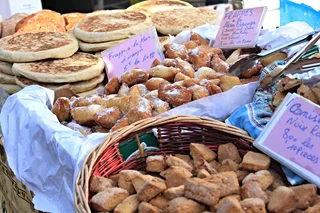
Craving Corsican cookies? Then listen to your cravings! It's the perfect opportunity to treat yourself to a wonderful taste journey during your stay in Corsica. Sweet treats to accompany you on your outdoor activities, or to enjoy at snack time. A fine heritage of know-how and flavours from yesterday for your taste buds today!
Cuggiulelle or canistrelli? Traditional Corsican cookies and sweets
Canistrelli : Canistrelli are a Corsican classic. These cookies can be found all over the island, more or less crunchy and of different sizes; the secret is in the olive oil. Canistrelli are not as hard as Italian biscotti!
These sweet canistrelli cookies are a Corsican speciality available in a range of flavours: almond, hazelnut, lavender, with chocolate chips, aniseed... You'll find them in every shop selling Corsican products, as well as in bakeries, pastry shops and restaurants (at coffee time...) on the island of beauty.
There's something childlike and delicious about eating these cookies with your morning coffee, and you'll quickly develop a taste for them. This "sweet" tradition is part of Corsica's historic cuisine.
Fugazzi : Fugazzi, also known as Good Friday cakes, are prepared and offered during the Easter festivities. A Bonifacian specialty made without animal ingredients (VEGAN!) and very low in fat, they are ideal for those who want to watch their figure.
The main ingredients are flour, sugar, olive oil, white wine and a dash of pastis. Don't hesitate to substitute green aniseed for pastis! To be enjoyed with coffee or dipped in tea, they're a delight to be enjoyed without moderation, at any time of day.
Chestnut flour cakes : With figs and walnuts, hazelnuts or clementines, these cakes are the perfect accompaniment to tea and coffee, whether for breakfast or a 4pm snack. We can already hear our grandmother beating the egg whites until they're soft and fluffy!
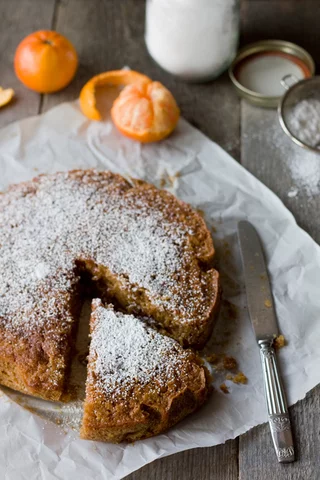
Fiadone: Corsica's most traditional dessert is a light cheesecake made with brocciu, eggs and sugar, flavored with lemon or orange zest and either brandy or vanilla essence. Corsican cheesecake, in fact!
Flan à la farine de châtaigne (chestnut flour flan ): A very simple, but tasty dessert, combining the basic ingredients of a typical Corsican recipe: chestnut flour, eggs, milk, sugar, flavored with vanilla and eau de vie.
Chestnut flour fritters: Delicious fritters, sprinkled with sugar, sometimes filled with brocciu or flavored with lemon, orange, aniseed or even brandy. You'll find them still warm, fresh from their boiling bath, at all Corsican celebrations, from christenings and weddings to elections.
Fig jam with chestnuts: Fig jam, plain or personalized, including chestnut jam, is very popular. It is traditionally served with a cheese board and bread as an aperitif or at the end of a meal.
There are other sweet treats not to be missed on your Corsican vacation. For the best discoveries, don't hesitate to visit the stalls on the shores of marinas or the cafés in mountain villages.
The most popular ingredients in Corsican specialities
As in all the world's cuisines, Corsican specialities are distinguished by the ingredients used. In Corsica, honey, jam and cheeses are used in sweet and savory recipes. Here are two very popular ingredients in Corsican cuisine:
Brocciu
Made from goat's or sheep's milk, this is the most famous of Corsican cheeses. It is quite similar to the Italian cheese ricotta, although unusual in that it is made from a cheese by-product, whey. Cheese is generally made from solid curds, which are separated from liquid whey, which is discarded. Corsican shepherds, however, not wanting to waste a drop of their precious milk, developed a recipe for making good use of the whey. This recipe has been handed down from generation to generation. As well as being eaten as it is, it is popular in recipes, particularly Corsican desserts.
Corsican chestnuts
It was the Greeks and Romans who first imported chestnut trees in ancient times. In the 16th century, it was decided that each landowner would plant four trees a year, and failure to do so was punishable by both fine and corporal punishment. The chestnut tree, found all over the island, has helped to survive famines and is therefore a star fruit in Corsica. Among the animals fed on the delicious chestnuts and acorns are the famous Porcu nustralea breed of pig recognized in 2006. Turned into flour, you can eat it in breads, cakes, pastries, pasta, nougat, porridge and even beer.
Aniseed, white wine, almonds, lemon and walnuts
These are major ingredients in the preparation of delicious Corsican cookies. The recipes are well-guarded. Even if you can find them on the Internet, each family has its own secret for the little detail that makes all the difference: resting time, cooking time, magic ingredient, dosage and the right touch ! The cook will be delighted to prepare them for you, but will only pass on her recipe to her children or grandchildren.
